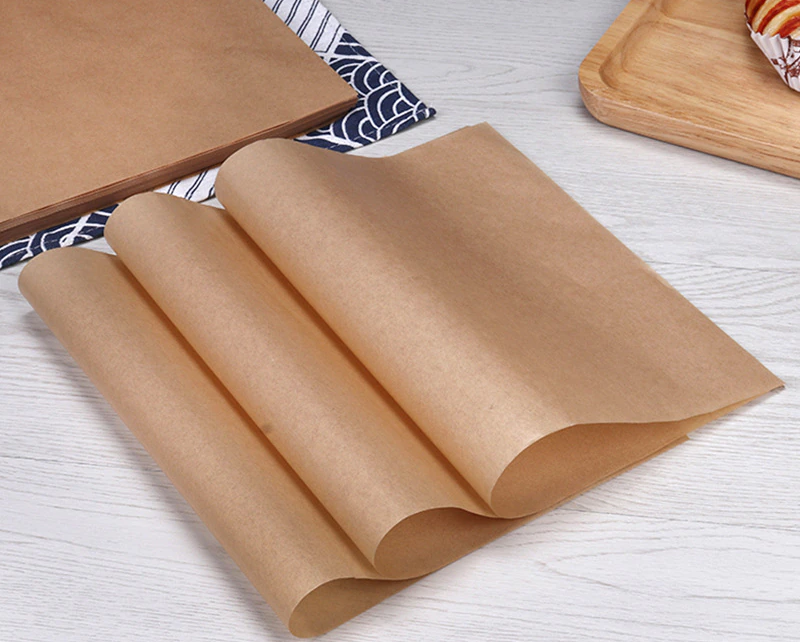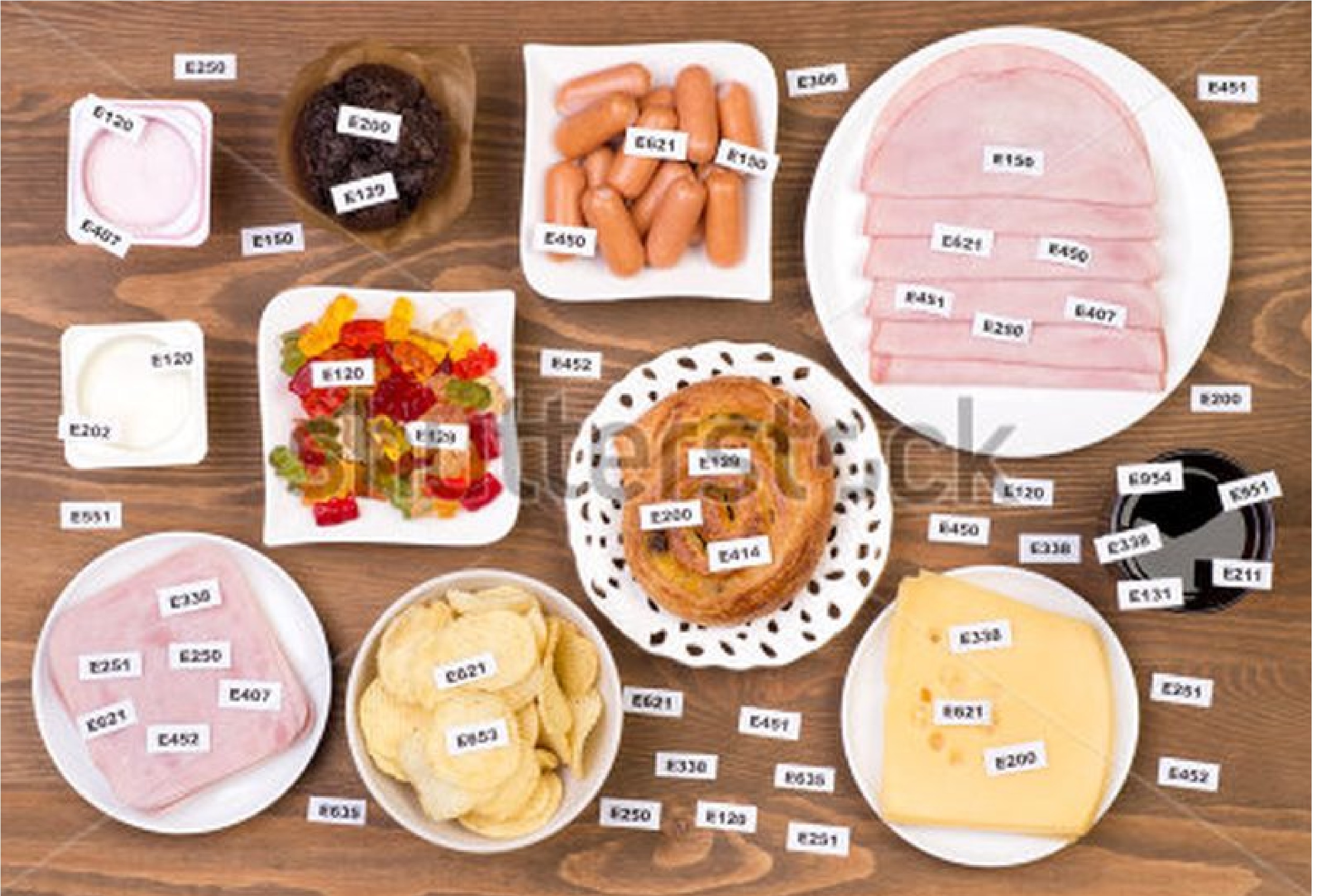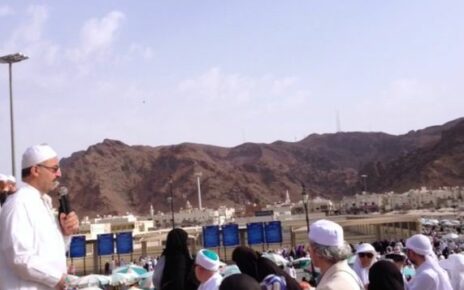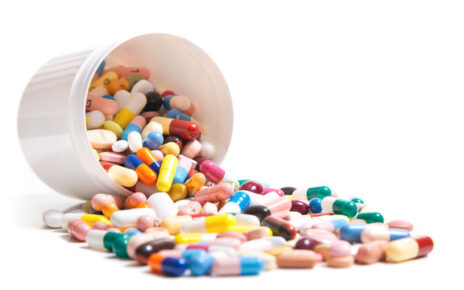Ali Rıza KURUM
Chemical Engineer M.Sc.
Member of GIMDES Technical Science Board, R&D Coordinator
We know that there are many scattered studies on where and how today’s oven concept developed, what is cooked in ovens, and the reasons that gave rise to ovens. If we combine this research and watch the formation of the kiln and the culture associated with it, we will see that the stone kilns of the past still play a role in our lives, while the advances in technology bring other dimensions to the kilns today.
The first producers of the kilns we call today’s stone kiln, black kiln are the Romans. Before the Romans, we see that the idea of baking the dough, which was put in heated earthen pots, was applied during the Assyrian period.
In villages and towns, ovens (a type of tandoor) were commonly built in the gardens of the houses and adjacent to the house. Over time, these ovens cease to be places where only bread is baked but begin to serve as cooking areas for food placed in containers of various sizes. However, the origins of the furnaces are not Anatolia. BC in the Roman Empire When bazaar bakeries were established in 170 BC, most of the Roman people would start to buy their bread from these ovens instead of baking them at home. Buying bread from the bakery in Antakya is common after 1950.
After the short history of the oven, one of the things Housewives cannot give up is baking paper. It’s convenient and makes it easy to cook and pack. Baking papers are cellulose-based papers used in baking. Although they are sometimes called oil paper, they mostly do not contain oil, materials such as siliconized formula, wax or chrome stearate are used that make the paper feel slippery as if it is oily and that it does not stick. (https://en.wikipedia.org/wiki/Parchment_paper)
The problem with regular baking paper you’ll find at the supermarket is that it’s loaded with a host of toxins that make it work that way. (http://healthcoacharmy.com/try-instead-usual-baking-paper/) Some of these are:
Bleach:
This ingredient colours the paper to make it more aesthetic, which seeps into our food and our ecosystem when it gets into the soil. Even if you recycle, there are chemicals here that don’t break down or release their toxins into the soil, water or air when reused. Bleach is chlorine, and if you think about swimming in a chlorine pool and how it burns your eyes, think about what it does to your insides if you swallow it with your food!
Dioxins:
Dioxins and furans are compounds that are not produced specifically but are formed by the exposure of organic components to high temperatures in the presence of chlorine, especially as a result of industrial activities. PCBs were produced specially until 1970 and used in many branches of industry. Although banned in 1970, it can still be found in systems and in many environments. (https://www.tarimorman.gov.tr/GKGM/Belgeler/Tuketici_Bilgi_Kosesi/E-Bultenler/07.pdf)
These are a group of compounds that are not only harmful to our environment, but highly toxic to the human body. They are known to cause reproductive and developmental problems, damage the immune system, disrupt hormones, and cause cancer. (https://www.who.int/en/news-room/fact-sheets/detail/dioxins-and-their-effects-on-human-health)
Organophosphate Esters (OPEs) and Perfluoro alkylated Substances (PFASs):
These classes of compounds attract the attention of researchers due to their toxicity (Occurrence and migration study of chemicals from baking paper and aluminium foil). Preliminary results showed higher migration in baking paper samples in contact with aqueous analogue with contaminations in the range of 78.30–413.21 ng/dm2 and 1.43–13.87 ng/dm2 for OPEs and PFASs, respectively… These findings highlight the need for monitoring of OPEs in FCMs in particular. (https://www.sciencedirect.com/science/article/abs/pii/S0308814622032228)
One of the risks in its use is the risk of contamination, in other words, the high temperature processes applied, the chemicals deteriorate and contact the food. While 180 degrees are considered safe, degrees above 200 are declared to be risky. Considering that it is used at temperatures above 200 in many recipes, risk emerges as an important situation. (https://www.eskitadinda.com/pisirme-kagitlari-sagligimiza-zararli-mi-260-c)
What Can Be Used Instead of Baking Paper?
So, is it necessary to use wax paper or a sustainable alternative silicone mat? In fact, it can also go to different solutions so that the food does not stick to the container during cooking. At this point, using oil is the most practical solution. Thoroughly oiling the baking tray and then performing the cooking process will save you from the trouble of food sticking to the container. In addition, the official of a laboratory testing company stated that the lubricants used in the production of some paper-based packaging materials are of animal origin and mostly pork, which causes swine pollution in Halal foods. (http://www.halalcertificationturkey.com/2012/07/11/packaging-highlighted-as-increasing-source-of-halal-food-contamination/)
Due to the risks declared above, GIMDES does not give certificates to these products to protect Halal and Tayyib food volunteers, nor does it approve the sale of these products in Halal Dunya Markets (HDMs).





